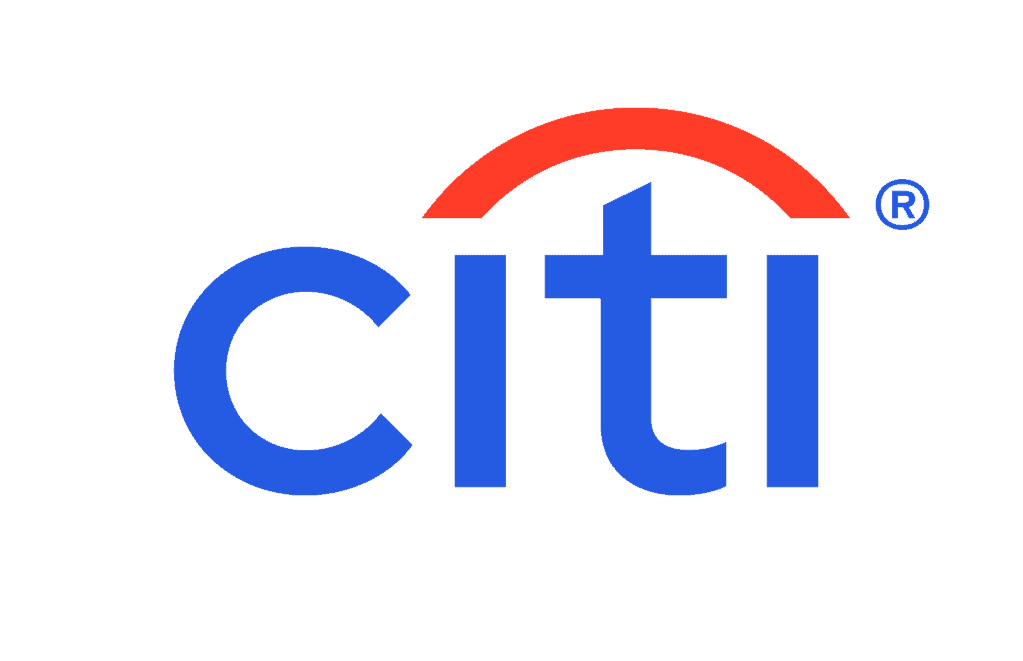Speaking on the sidelines of Sibos 2025, Citi’s Bis Chatterjee and Stephen Randall tell Gilly Wright, Global Finance’s Technology & Transactions Banking Editor, how the bank is helping corporates manage liquidity needs using blockchain technology to modernise existing systems.
Liquidity is back in the spotlight for organisations globally. Findings from the 2025 Association for Financial Professionals Liquidity Survey reflect this trend. Behind ‘safety’ as the top short-term investment objective, ‘liquidity’ was second, according to 35% of respondents, up 5% from 2024.
New liquidity needs
According to Stephen Randall, Citi’s Global Head, Liquidity Management Services, Treasury and Trade Solutions, the goal of corporate treasurers is to be more efficient. “We continue to invest in solutions which allow clients to rationalise their bank accounts to move liquidity around their organisations efficiently.”
Citi Token Services (CTS) is a case in point. It leverages blockchain technology to enable near-instant, 24/7, cross-border payments and liquidity management for corporate and institutional clients.
The focus is on delivering an improved service. Rather than placing a burden on organisations to implement the new technology, Citi enables them to connect directly to through its online banking platform, or an application programming interface (API).
“Without having to open new accounts, go through KYC onboarding, or integrate new technology, our clients are now able to seamlessly benefit from these tokenisation and blockchain network capabilities”
Bis Chatterjee, Head of Partnerships & Innovation, Services, at Citi
Innovation in motion
Tackling the liquidity challenge via blockchain also reflects a broader trend for banking partners to enhance and upgrade existing systems to support the shift by companies to manage liquidity and make payments seamlessly as they transact 24/7 via e-commerce platforms.
As a result, Chatterjee expects solutions such as Citi Token Services to grow quickly. “Blockchain technology and digital assets serve the crypto needs of our asset manager clients and our bond and securities clients.”
Citi Token Services further offers corporate treasury teams accounting simplicity, added Randall, by treating tokenised deposits in the same way as any normal deposit.
Next on Citi’s agenda is expanding Citi Token Services to add more branches and create a larger geographical network, followed by offering a wider range of currencies.
After that, Chatterjee said Citi will look to add a 24/7 dimension to other services across its ecosystem, such as settlement and custody. “The technology we’ve used behind Citi Token Services allows us to explore these other areas without making many changes.”
Making real-time a reality
Meanwhile, Citi is focused on delivering cash management solutions to meet real-time demands, as clients strive to future-proof how they manage their liquidity.
This also relies on a more traditional approach to improve clients’ liquidity, freely and instantly between accounts, whenever they want or need. “As they make payments in one jurisdiction, they are able to fund that account on a real-time basis from another account,” explained Randall.
